
6 minute read
a ge I ng P o P ulat I on
The growing impact of the ageing population is effecting the workplace with a smaller working age population and a growing dependency among older generations. The recent decline in fertility rates and the rising age of the Baby Boomer generation has increased the average age of the population and is projected to continue growing. The three macro trends chosen for this theme were: adapted workplace, healthy living and decreased marriage.
With heart disease being the leading cause of death for those aged over
Advertisement
80, there has been an increased trend towards healthier lifestyles (Williams, 2020). Greater knowledge of the impact diet has on health means that more people are adopting healthy eating to improve their well-being (BHF, 2020). Moreover, there is an increased trend for older generations to stay at home as opposed to moving to care homes, P E S
Despite the belief this trend has reduced the size of the working population and increased dependency, research suggests that many Baby Boomers expect to retire late, with 1 in 3 working until at least 70. As a result, many workplaces are adapting to accommodate the older generation, such as TSH Collab in Amsterdam adding ramps and supportive chairs to their offices. Moreover, older people are increasingly competent with technology, in particular online banking in the US and WeChat in China (Berden & McGregor, 2019), increasing the trend for digital technologies. Furthermore, older consumers tend to have more disposable income, often spent on holidays, thus boosting tourism and travel industries.
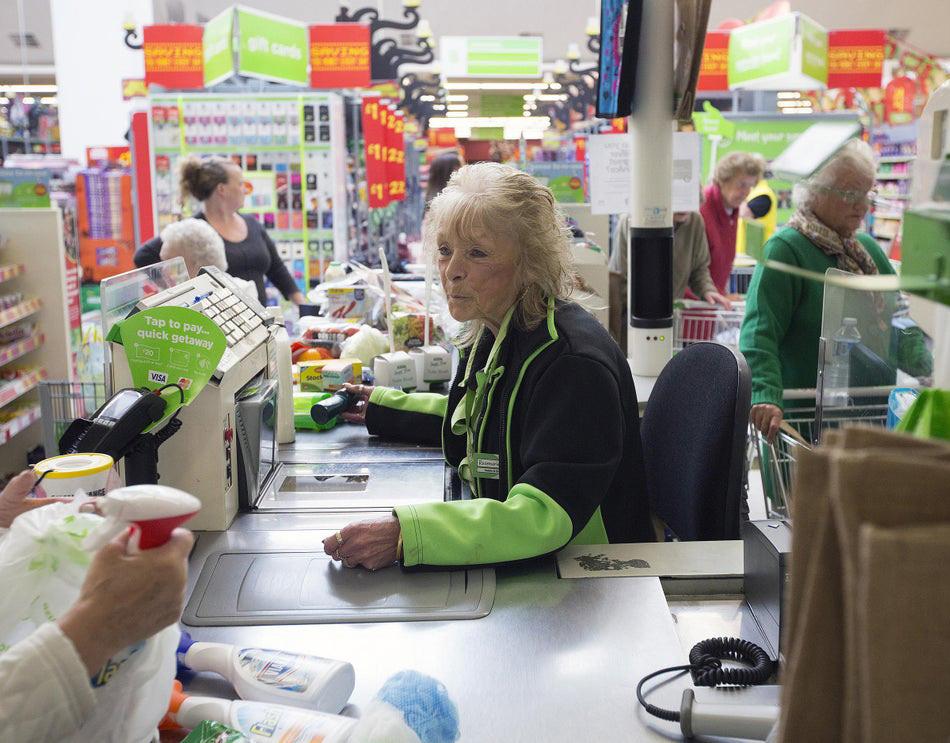

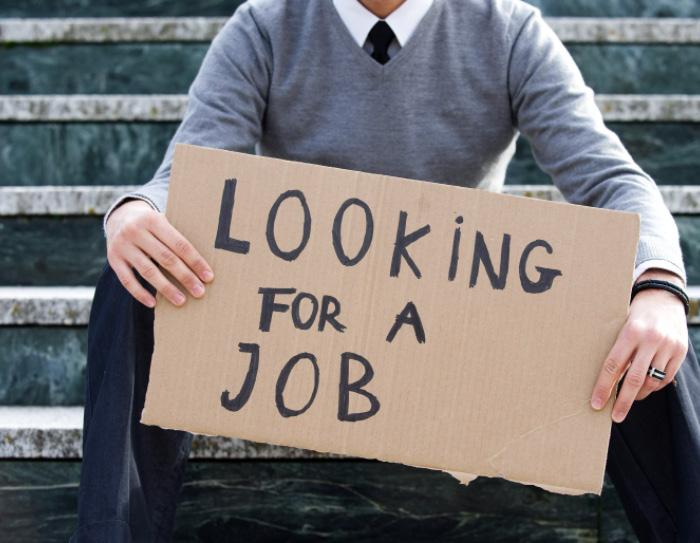
More people today are choosing to start a family later or not at all, prioritising education and careers over marriage and children (ONS, 2018). This is a global trend and can be seen even in countries where marriage is commonplace, including sub-Saharan Africa (Houghton & Walker, 2019). As a result, there is an increased trend for living alone, leading to higher demand for single-use products as well as smaller houses and cars to accommodate single people. T E L
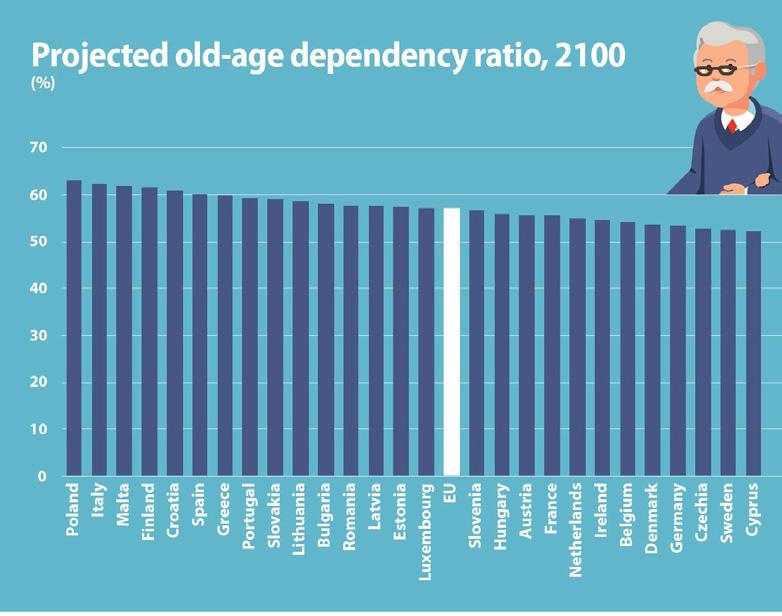
Upon completing a PESTEL analysis (Appendix B) of our initial three macro trends (Climate Change and Sustainability, Covid-19, and Ageing Population), as a group we agreed that environmentalism stood out as a significant emerging trend. This is a conclusion made from reflecting on the current state of society – through reading magazines, watching the news, and social media, the environment is a reoccurring trend with extensive research available. The fast-paced nature of sustainability, with reference to Hyperconscious Consumerism, offers a breadth of analysis that could be useful to forecast trends for a range of business sectors.
Sustainability is a significant challenge in the present day. In consequence to current and past events, an abundance of research has been conducted and produced, giving insight into the current global climate crisis, feeding information on how to adjust our attitudes, to be more environmentally driven. When reviewing our initial three themes we found the environment always leaked into each trend, thus felt we had more to discuss and address. Upon initial consideration for the identified trend, name ideas concerned climate positive and zero waste lifestyles, developing through more in-depth research and consideration of the future to arrive at Hyperconscious Consumerism.
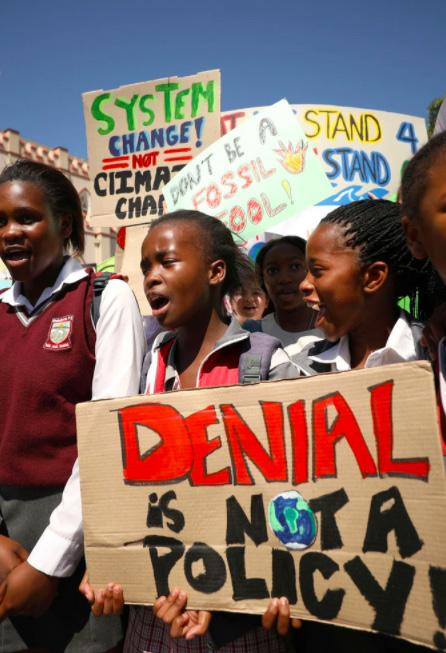
With the current climate around social media, trends are more conveniently transferred, offering the opportunity for our lifestyle trend to emerge and receive global support through social platforms. The recent social media phenomenon, ‘Konmari Method’ has encouraged a minimal, need-focused lifestyle to motivate the identified trend around minimal consumption, to reduce waste and live simpler lives (Woods, 2019). A large portion of society has adopted a sustainable approach and popularised looking toward and aiming for a greener planet by altering how they live. Sustainability is a vital emerging trend, shaping everyday decisions, and is just as impactful on older generations as younger ones in adjusting norms to move towards a greener future.
Moreover, with the current COVID-19 pandemic, sustainability has undoubtedly accelerated to encourage more conscious consumerism. With travel restrictions and a greater focus on needs, as opposed to wants. Due to the damaged economy, consumers are more aware of their environmental impact and their ability to live comfortably under minimalistic lifestyles. For example, Internet Retailing (2020) found that consumers are more aware of the impact of their spending habits on the environment, with the retail industry experiencing lower demand for luxury items, with
37% avoiding buying more than they need. As a result, consumers are more prepared for and willing to adopt our identified lifestyle trend and are likely to regard it is necessary for the future of sustainability and the environment. Nevertheless, not all members of society hold the same views, and so we created a cross-case scenario Trend Cartogram to account for the opposing views held and how this may restrain future changes.
A range of methods were utilised to develop research around our chosen theme. Secondary sources included academic books and journal articles to collect information around sustainability in general. To understand consumer’s past responses, Historical Analogy was developed as a method to predict the future climate. Furthermore, primary sources were used, such as newspaper articles, environmental campaigns, and trend reports to apply more relevant and specific research. Trend Cartograms were an important method for researching our chosen theme of Hyperconscious Consumerism, with regards to Sustainable Living. Producing two Trend Cartograms, comparing the best-case scenario to the cross-case scenario, offered a visual representation of raw, strategic information to simplify our group ideas. The framework broke down areas of the trend into who (the innovators), why (the drivers), where (impact), and when (consequences) to derive at potential trend futures (what) regarding consumer behaviour patterns (Raymond, 2010). During the complete research process consideration was given to the characteristics of a good forecaster as proposed by Raymond, which includes scenario planning to prepare for future possibilities (Raymond, 2019).
Greta sets an example for younger consumers by challenging world leaders to address environmental issues, thus “looking to the edge of popular culture” (Hur, 2020).
We found Greta Thunberg to be of great importance through her research into advancements regarding the trend. Being young and influential, emerging into the spotlight and earning a voice in a political environment, Greta sets an example for younger consumers by challenging world leaders to address environmental issues, thus “looking to the edge of popular culture” (Hur, 2020). We were also intrigued as a group, at the innovator demographic. With another of our identified influential figures being David Attenborough, we considered a broad demographic spectrum who both influence the trend and are impacted by it. Not restricted to climate change, we also explored the impact of food and world hunger activist Vandana Shiva who communicates the impact of increasing food shortages, proposing another demographic group.
With reference to Roger’s Theory of Diffusion, consumers are at different stages in terms of an adoption of trends, with innovators being the first and laggards last, adopting the trend once many consumers have moved on (Posner, 2015). This can be seen with sustainability as trends have been introduced by innovators such as home recycling and veganism as well as ethical fashion. When first established trends are often rejected or overlooked by the majority, but with time they are accepted by the mainstream. For example, zero waste consumption is now being accepted by more members of society but is not yet widely adopted. This can be seen in the consequences section of the Trend Cartogram which outlines the impact on the late majority.
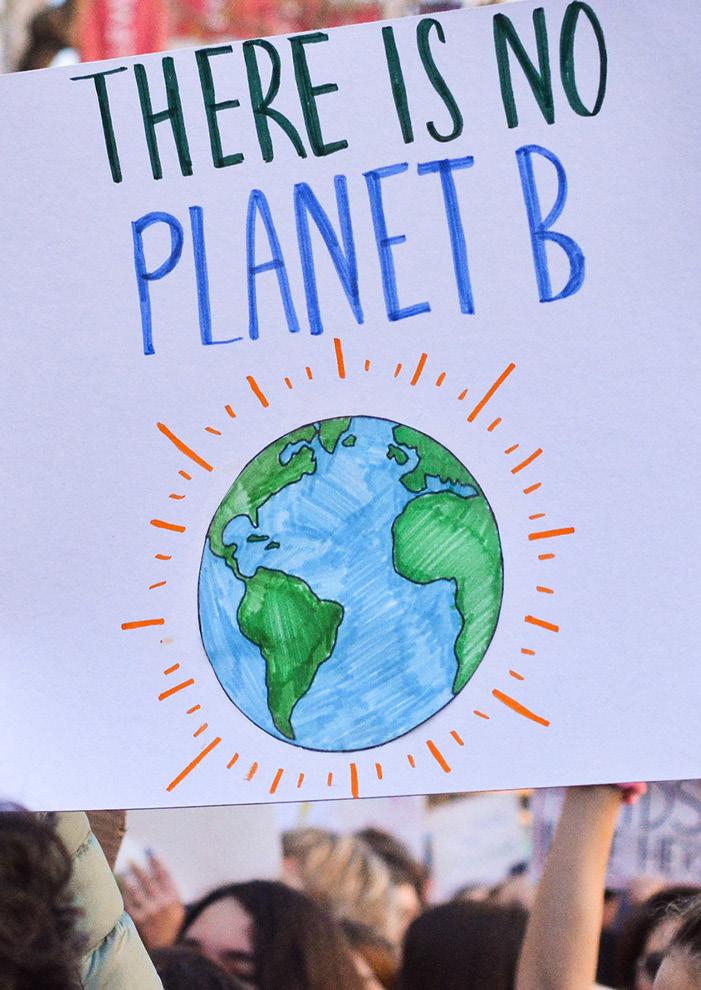
s o CI al l egal
One of the trend drivers for a move towards sustainable living is the change in attitudes regarding the environment which has led to greater social consciousness. ADEC innovations have labelled this shift ‘social sustainability’ (2020), and comment upon how this will lead to an improvement on one’s prosperity and quality of life, which could be a reason for the growth of this trend. Compliance may also be a social factor as people feel more inclined to do something if it suggested to them (McLeod, 2014). Household recycling is an example of this as, since recycling bins were commonplace in people’s homes, recycling has increased to almost 50% of all waste (Tieso, 2020).
Another driver involves UK and European law banning single-use plastic by 2021 (European Parliament, 2019). Plastics have a massive impact on the environment, with only 32% of all plastic being recycled across Europe (British Plastics Federation, 2020). Thus, displaying that too much plastic is thrown away, despite recycling initiatives. One way to combat this is through prevention, as was set out in the ‘Waste Framework Directive’, published by the European Commission (2008). Therefore, if single-use plastics are banned people are going to have to invest in reusable alternatives such as metal straws, thus forcing people into a more sustainable lifestyle, changing behaviour patterns by eliminating choice.
te C hnolog IC al
An additional driver of the move towards sustainable living is the technological advances that have occurred over the past few years, making sustainable living more convenient. One example is electric cars, which produce zero air-pollution (Earth Justice, 2020). Global electric car stock has increased by almost 5 million in the past decade (IEA, 2020), supporting their increased popularity. Another example is LED lighting, which is more energy-efficient than traditional incandescent bulbs, and by 2030 will reduce energy consumption by 40% (Rogers, 2019). LED lighting is an example of a small swap people are prepared to make in order to live a more sustainable life.







